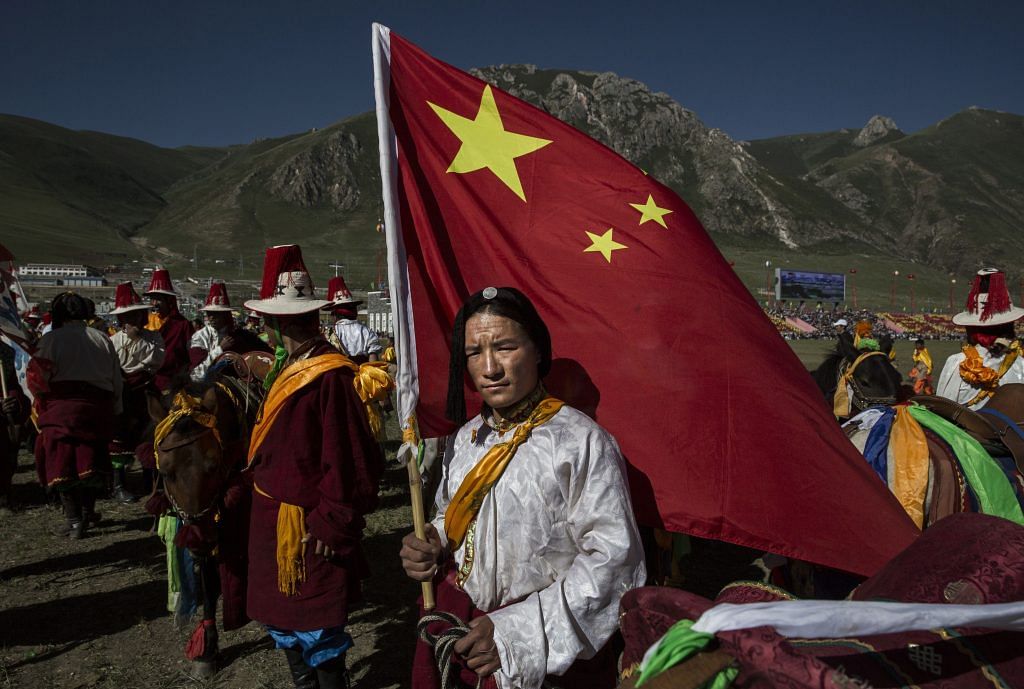From a terribly poor state hinged on a feudal system, Tibet has modernised and grows faster than the rest of China
This article has been prompted by Jyoti Malhotra’s article in ThePrint ‘Tibetan government quietly changed its PM’s designation. India won’t be unhappy about it‘.
China’s annexation of Tibet in 1959, ousting the Dalai Lama, had attracted it worldwide criticism. The Dalai Lama fled and was granted asylum in India, where he set up a government-in-exile with its headquarters in Dharamshala.
Also read: Tibetan government quietly changed its PM’s designation. India won’t be unhappy about it
The Chinese claim Tibet on the grounds that it has been part of the country since the Yuan dynasty of the 13th century, which is disputed by the government-in-exile. But let us leave this that matter aside.
The more important question is whether Chinese rule has benefited Tibet.
The answer is that it undoubtedly has. As the Reuters’ Ben Blanchard writes: “Today Tibet is richer and more developed than it has ever been, its people healthier, more literate, better dressed and fed”.
Although Ben goes on to argue that this development masks “a deep sense of unhappiness among many Tibetans”, I will disagree. How can anyone be unhappy if s/he is healthier, better fed and better clothed?
Under the rule of the Dalai Lamas (Buddhist priests), the people of Tibet were terribly poor, almost entirely illiterate, and lived like feudal serfs.
Today, Tibet presents a totally different picture. The illiteracy rate in Tibet has gone down from 95 per cent in the 1950s to 42 per cent in 2000. It has modern schools, universities, engineering and medical colleges, modern hospitals, freeways, supermarkets, fast food restaurants, mobile stores and apartment buildings. The capital Lhasa is like any other modern city.
Also read: New Delhi worries as China digs out gold in Tibet next to Indian border in Arunachal
While the economic growth in the rest of China has slowed down to about 7 per cent, Tibet has had a 10 per cent growth rate in the last two decades.
Tibet has huge mineral wealth, which was only awaiting Chinese technology to be tapped. Nowadays, it has numerous hydro and solar power plants and industries running with Chinese help.
Tibetan literature is flourishing, contrary to claims that the Chinese want to crush Tibetan culture.
Of course, now the lamas cannot treat their people as slaves.
The so-called ‘government-in-exile’, of which Lobsang Sangay claims to be the President, is a fake organisation, funded by foreign countries. They only want to restore the feudal Tibet, ruled by the reactionary lamas, something which will never happen.
The writer is a former judge of the Supreme Court of India
